Just how much does it help to teach children to use strategies when they read--strategies like creating a graphic organizer of the passage, or summarizing as they read, or asking themselves questions and answering them?
I’ve just published an article in Educational Leadership summarizing the research on this question, and I’ll summarize it here.
In 2006, I argued that there was lots of evidence that comprehension strategy instruction worked, and in fact, yielded a big boost to comprehension. I was in good company—The National Reading Panel had drawn the same conclusion five years earlier.
But I also argued that there was no evidence that practice of these strategies provided any additional benefit. I based that conclusion on two meta-analyses—research that synthesizes the results of different studies. Meta-analysis allows one to compare relatively brief exposure to strategy instruction (a total of, say, five hours) versus more practice with strategies (twenty hours). Both meta-analyses suggested that there was no benefit to more practice.
There’s been a good deal of research since then. In my recent article, I report that the number of meta-analyses is now up to twelve, and all are in accord. Practice has no impact on the effectiveness of comprehension strategy instruction.
That observation matters for two reasons. First, and most obviously, it suggests that although it’s well worth the time to teach students comprehension strategies, there’s no reason to devote a lot of time to practicing them. A total of five or ten hours of instruction yields the same advantage as twenty or thirty hours.
Second, this finding suggests that strategy instruction works for a different reason than I suspect many people believe.
It’s tempting to think of comprehension strategy instruction as analogous to coaching in baseball. If you’re a poor hitter, a coach shows you how good a hitter swings. You practice that swing and, in time, it becomes automatic and replaces the older, less effective habit. Likewise, we might think that comprehension strategies show less competent readers the way that more competent readers approach texts.
But this hypothesized “coaching” mechanism doesn’t make any sense because it depends on practice, and the data indicate that practice doesn’t help.
Here’s an alternative interpretation. When a typically-developing child starts school they can use oral language to make inferences, connect sentences, and understand the overall gist of a message. These same mental processes are put to work to support reading comprehension. Indeed, it would be odd if the brain created specialized reading comprehension processes from scratch, rather applying to reading the mental processes that are already in place to support oral language.
The mental processes of reading comprehension don’t require or benefit from practice because children are already quite good at them when they start school.
According to this account, strategy instruction is comparable to a strategy like “check your work” in math. It doesn’t improve the processes that actually do math. It’s a useful way of controlling those processes.
In the same way, comprehension strategy instruction probably has no impact on the processes of comprehension per se, but it reminds students that they are supposed to coordinate meaning across sentences and paragraphs, and to get the gist of the passage; in short, it reminds them that reading is not simply a matter of decoding each word until you reach the last one.
But that’s not quite the end of the story.
My description of comprehension strategy instruction could be interpreted as implying that reading instruction should end around fourth grade. Schooling should include phonics instruction, some work to support fluency, and then perhaps two weeks of comprehension strategy instruction. What’s the point of anything else, if comprehension can’t be taught? (I hadn’t thought of this implication of my account until Tim Shanahan pointed it out.)
Surely that implication can’t be right. Explaining why calls for differentiating types of comprehension.
I’ve suggested that strategies prompt children to apply already-present oral language comprehension processes.
An example would be anaphora resolution, as when a listener finds the referent for “he” in “he went to church.” Another example would be inferences supporting causality or explanation; seeking to understand why things happened seems to be a core aspect of cognition. And indeed, we know a four-year old has no difficulty in making causal bridging inferences in everyday conversation, as when a parent says “You seem bored. Shall we go outside?”
Exactly what prompts inferences in oral language or reading has been difficult to pin down, and there are surely individual differences. I think it’s uncontroversial that the two examples I’ve offered are universal.
It’s also uncontroversial that students are asked to do things with texts that go beyond comprehension supported by oral language processes. They learn sophisticated ways of evaluating arguments; for example, to appreciate that correlation is not equivalent to causation. They learn to evaluate the quality of writing, as when they come to understand how a good paragraph is structured. They also learn tools of analysis that are discipline-specific: why a novelist uses foreshadowing, for example, or how to interpret source information when reading historical documents.
Clearly, these skills must be taught, and there is every reason to think that they are subject to practice effects.
So we should differentiate kinds of comprehension. Some comprehension is supported by processes initially acquired for oral language, and presumably these processes yield a fairly basic understanding of the who, what, where, why, and how of the text. Other comprehension processes offer more sophisticated analysis, and these need to be explicitly taught.
An implication of this hypothesis is that the comprehension tests used in strategy research lean heavily on the first type of process; comprehension tests demand a basic understanding, not a more complex analysis. That prediction has not been tested, so far as I know.
I’ve long argued for the critical importance of knowledge in reading comprehension, but knowledge isn’t everything—teaching students certain types of analysis is critical as well. Understanding how each applies to instruction can help us maximize student enjoyment of and achievement in reading.
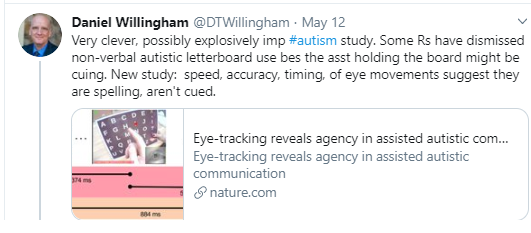


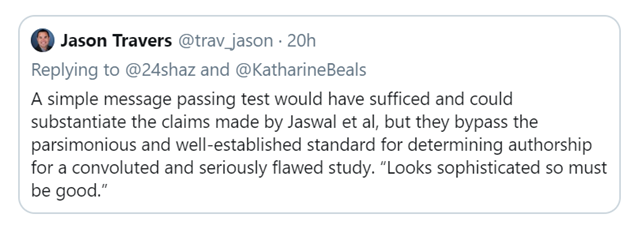
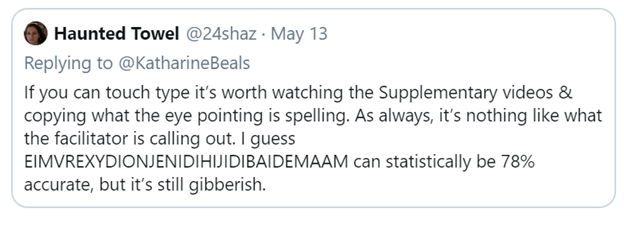



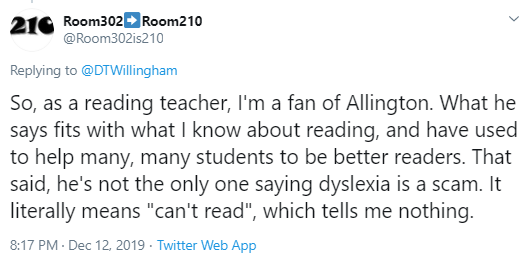
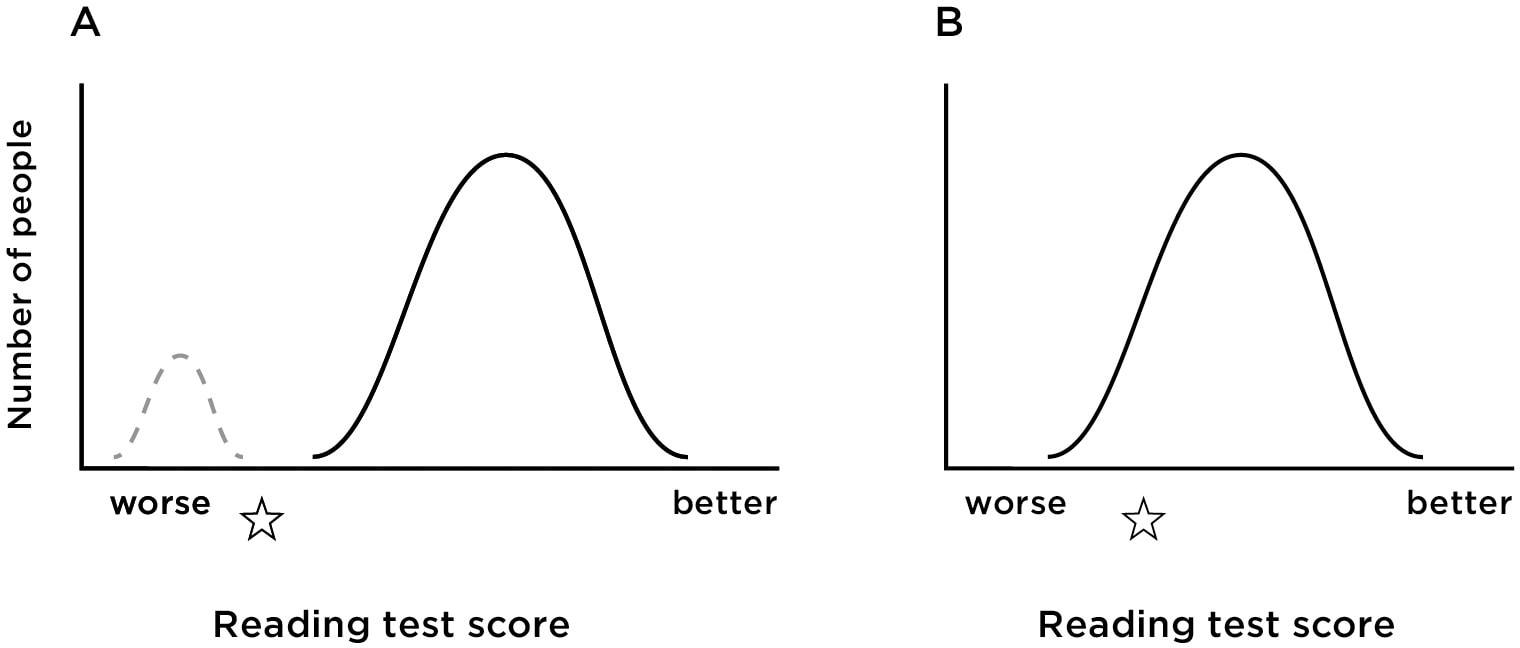


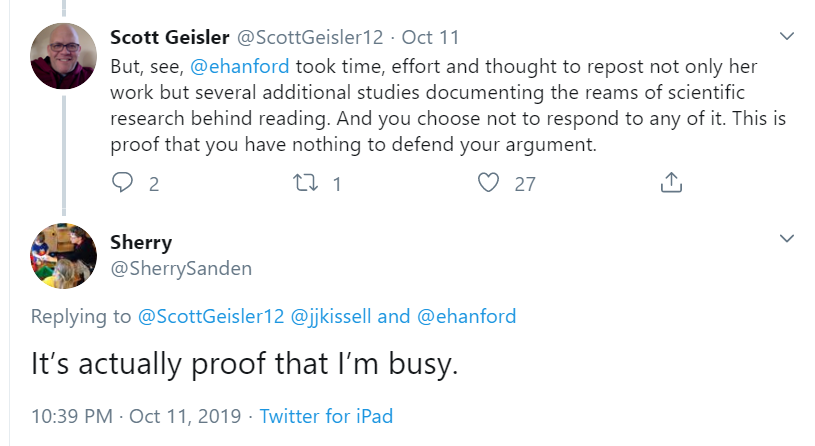
 RSS Feed
RSS Feed